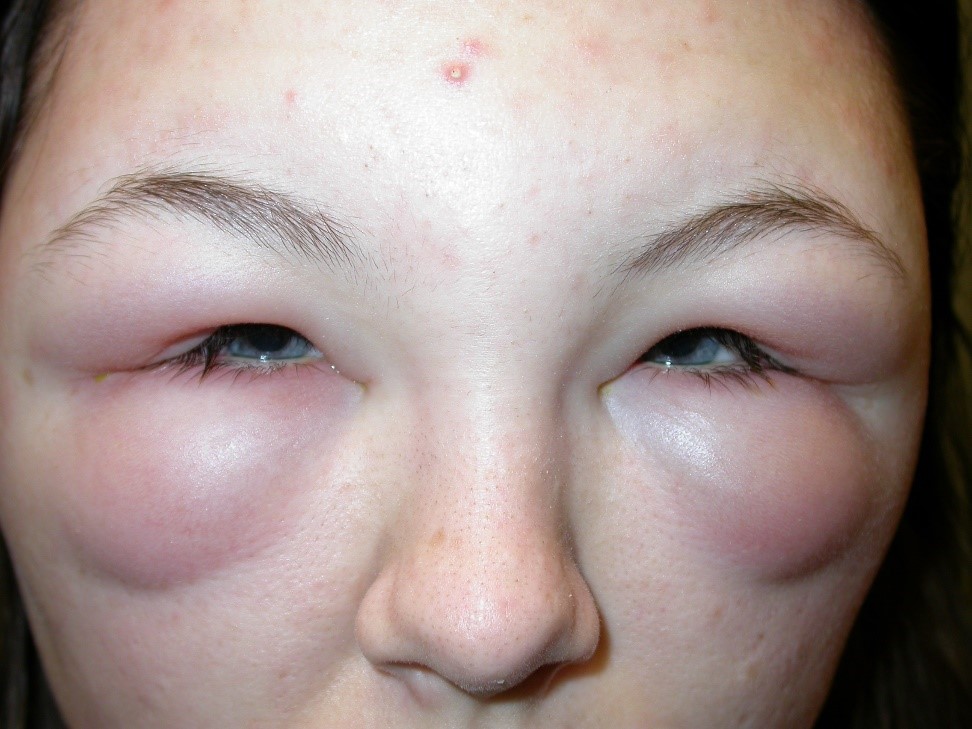- Conjunctivitis (Allergic, Infective)
The white of the eye is covered by a mobile clear film known as the conjunctiva. This can be red and inflamed for a number of reasons. The commonest causes are blepharitis [link] and dry eyes. Infective causes of conjunctivitis also occur, but much less commonly. Infections are usually due to either viruses or bacteria.
Bacterial conjunctivitis tends to involve one eye, with copious thick discharge, and low risk of cross infection. It typically lasts a few days and improves without treatment.
Viral conjunctivitis on the other hand tends to be highly contagious, spreads to both eyes, and spreads to other members of the family. The eyes are red with a clear watery discharge. It is important to wash hands and not to share towels in the household. Again, it is likely to spontaneously resolve without treatment.
If conjunctivitis is prolonged or atypical, treatment may be required, and a visit to your GP or an ophthalmologist may be warrented.

Left resolving bacterial conjunctivitis
Allergic conjunctivitis may be contact related, e.g. an allergy to make-up or eye drops, etc. It also occurs in individuals with a history of asthma or eczema, and may occur with naturally occurring environmental allergens, such as dust mite, pollen, pet hair, etc. Allergic eye disease is typically itchy and causes puffy eyelids. If severe and left untreated it can cause irreversible damage to the surface of the eye (cornea), causing permanent blurring of vision.
Allergy to hair dye

